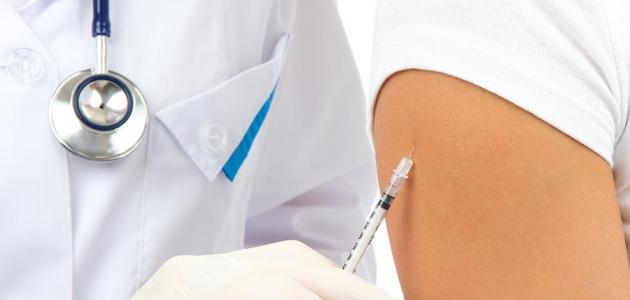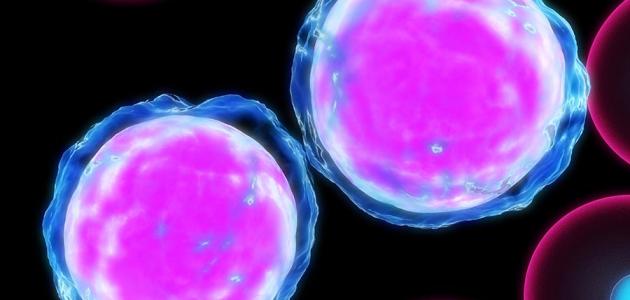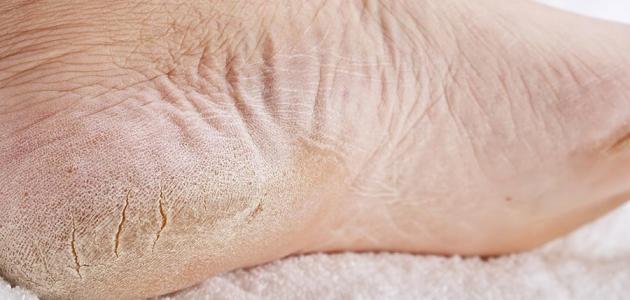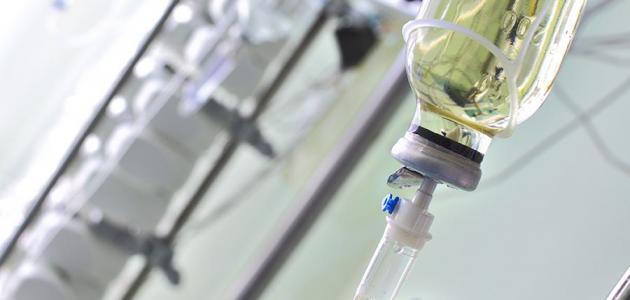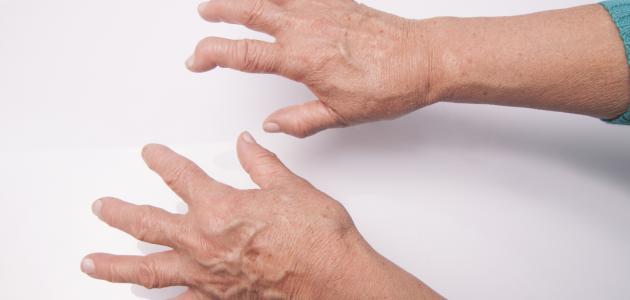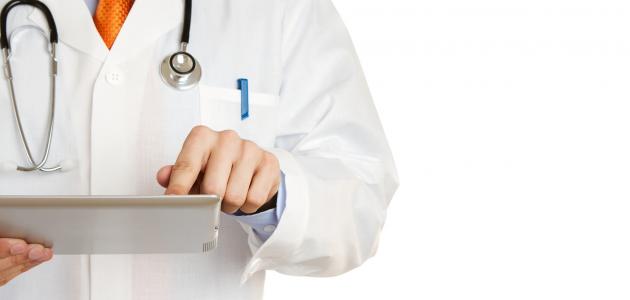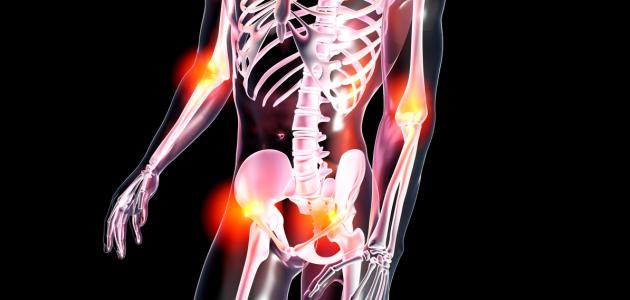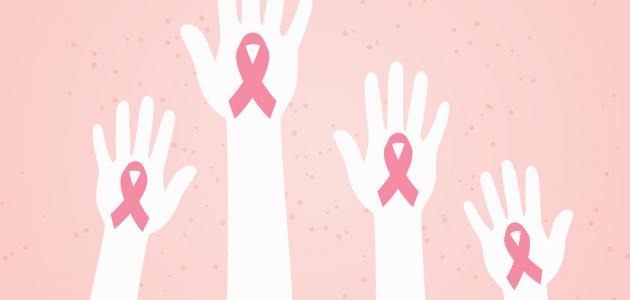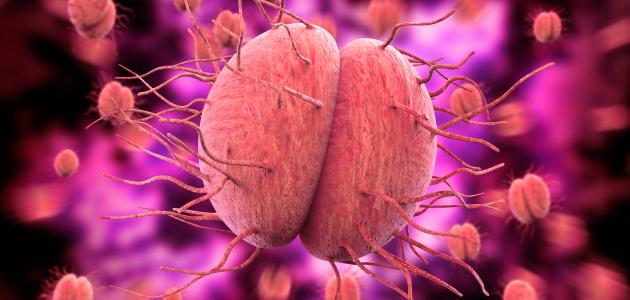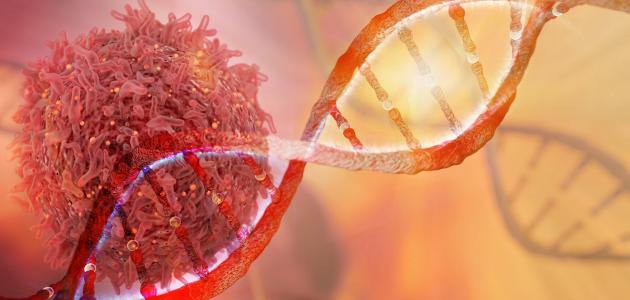Sometimes the patient takes a position called the dorsiflexion position, as the head and the heel of the foot take a backward position while the back and the abdomen rise to the top, and the head and the heel of the foot are touching the ground in this case
Symptoms of the disease
The effect of tetanus disease is either comprehensive to all the muscles of the body, which is the most common, or specific to a specific area of the body, and in global tetanus, the most important symptoms which are present in more than half of the cases are the so-called closed jaw
The chest, neck, back, abdominal muscles, and buttocks may be affected.
The patient initially suffers from head pain with general body tremors, lack of comfort and a lot of movement, and then the patient suffers from difficulty chewing, difficulty swallowing, general stiffness in the body as well as stiffness in the neck muscles.
In tetanus, the so-called compulsive sardonic smile occurs, which is a smile caused by contraction of the facial muscles in a tetanus patient, and then the contractions extend to the back, abdomen and pelvis muscles, as well as the thigh muscles.
Likewise, tetanus affects the larynx and the respiratory system, and that leads to the closure of the upper respiratory system and to the possibility of what is called chronic choking, where food and stomach secretions enter the respiratory system and this leads to inflammation of the respiratory system.
As for the things that trigger these cramps , any disturbance, bright light, loud sound or touch leads to stimulation of these cramps, and these convulsions are worse in the first week and settle in the second week, and subside during the next four weeks.
And tetanus disease does not affect the sensory system and does not affect the functions of the brain, so unfortunately the patient remains in full consciousness with his suffering from severe pain, as well as with the possibility of suffering from convulsions after that.
These spasms are characterized by their occurrence suddenly and are common in all the muscles of the body, and they are characterized by severe retraction, and these spasms extend from seconds to several minutes, and if untreated, their frequency increases, the patient's energies are depleted and his condition deteriorates.
Other symptoms that afflict the patient as well as restriction of urine and suffering from difficulty urinating, as well as an increase in the heart rate and a sense of palpitations, and a rise in temperature and increased sweating.
As for limited tetanus, it is a convulsion that affects the area around the wound area and precedes general tetanus disease, and this type may only be in the head area.
The incubation period The incubation period for tetanus may be several months, but it is usually about eight days in general, and the further away the site of infection is from the central nervous system, the longer the incubation period becomes. The shorter the incubation period, the more severe the symptoms. In neonatal tetanus, symptoms usually appear 4-14 days after birth, with an average of about 7 days. On the basis of clinical results.
Other topics on tetanus
Read about: ( tetanus )
Read about: ( Tetanus cause )
Read about: ( tetanus incubation period )
Read about: ( Complications of tetanus )
Read about: ( Diagnosing Tetanus )
Read about: ( Symptoms of tetanus )
Read about: ( Treating tetanus )
Read about: ( tetanus vaccine )
Conclusion
Tetanus disease is caused by a bacterium called Clostridium Tetani , since when the patient suffers from a wound, these bacteria enter the wound area, and then into the blood, and the most important symptom of the disease is a lock in the throat with severe contractions in all parts of the body and nervous spasms with a normal sensory system . It leads to complications especially on the respiratory system, which may lead to death, and one of the most important things in treating it is to give the patient muscle relaxants and take care of the patient's respiratory system, and to prevent it is by caring for wounds and tetanus vaccines.
References
1-Judith Sondheimer, 2008, current essential pediatrics, USA, McGraw Hill lange.
2-Richard E. and others, 2004, Nelson textbook of pediatrics, USA, Saunders.
3- Christopher's Hasslet and others, 2009, Davidson's principles and practice of medicine, New York, Churchill livingistone.
